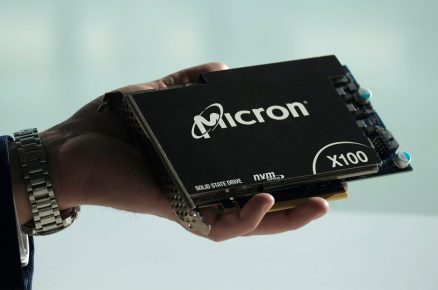The upcoming launch of the Vanguard Ultra-Short Bond ETF isn’t simply considerable since it represents the $7.1 trillion possession supervisor’s very first actively handled bond ETF. It also represents a disruptive new competitor in the area of cash-alternative ETFs.
The brand-new fund, which is anticipated to be readily available within the next 4 months, is an ETF version of the $ 16.8 billion Vanguard Ultra-Short-Term Bond Admiral mutual fund (VUSFX), which was introduced in 2015.
“The active bond ETF is an alternative to money market funds that pays somewhat more yield, however, is still pretty conservative,” said John Hollyer, Lead Group’s head of fixed earnings.
With bond yields hovering near historical lows and savers sometimes seeing unfavorable returns on cash, Hollyer stated the ETF variation of the cash alternative strategy will satisfy a growing demand amongst monetary advisors for ETF products.
“ETF have features beneficial to our clients beyond just being able to trade frequently,” he said, acknowledging the increased liquidity of an ETF as compared to a traditional shared fund, which can just be traded at the end of each day.
“For many advisers, an ETF is a more effective way to serve their environment,” Hollyer added. “Some advisers are only using ETFs.”
Todd Rosenbluth, director of shared fund and ETF research at CFRA, said Lead is taking advantage of an “extremely popular” classification “as financiers look for cash-like equivalents with the benefits of liquidity and some earnings.”
Rosenbluth cited the $ 16.1 billion JPMorgan Ultra-Short Earnings ETF (JPST), the $ 3.1 billion Janus Henderson Short Duration Earnings ETF (VNLA), and the $ 14.6 billion Pimco Enhanced Brief Maturity Active ETF (MINT) as examples of money options that are attracting possessions.
“Vanguard’s larger ETF presence and strong brand with advisers need to make this ETF popular out of the gate,” he included.
According to Bloomberg, at the end of 2020, the more than $76 billion purchased ultra-short fixed-income ETFs were more than double the $31 billion in the classification at the end of 2017.
With an expenditure ratio of 10 basis points for the new ETF, which is the same as the mutual fund version, Vanguard is anticipated to gobble share from the popular competitors and might also require fees lower on the JPMorgan, Janus, and Pimco variations, which presently charge in between 18 bps and 35 bps.
“Lead’s history of competitive active performance is enabled by extensive fund oversight, access to a varied lineup of active management skill, and our ability to keep costs low,” stated Kaitlyn Caughlin, head of Lead’s portfolio evaluation department.









